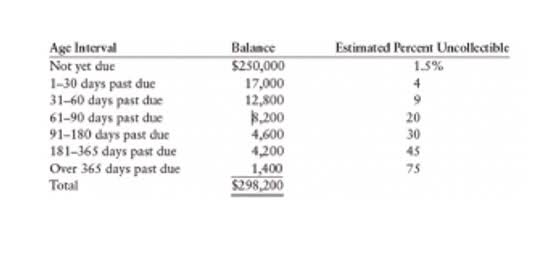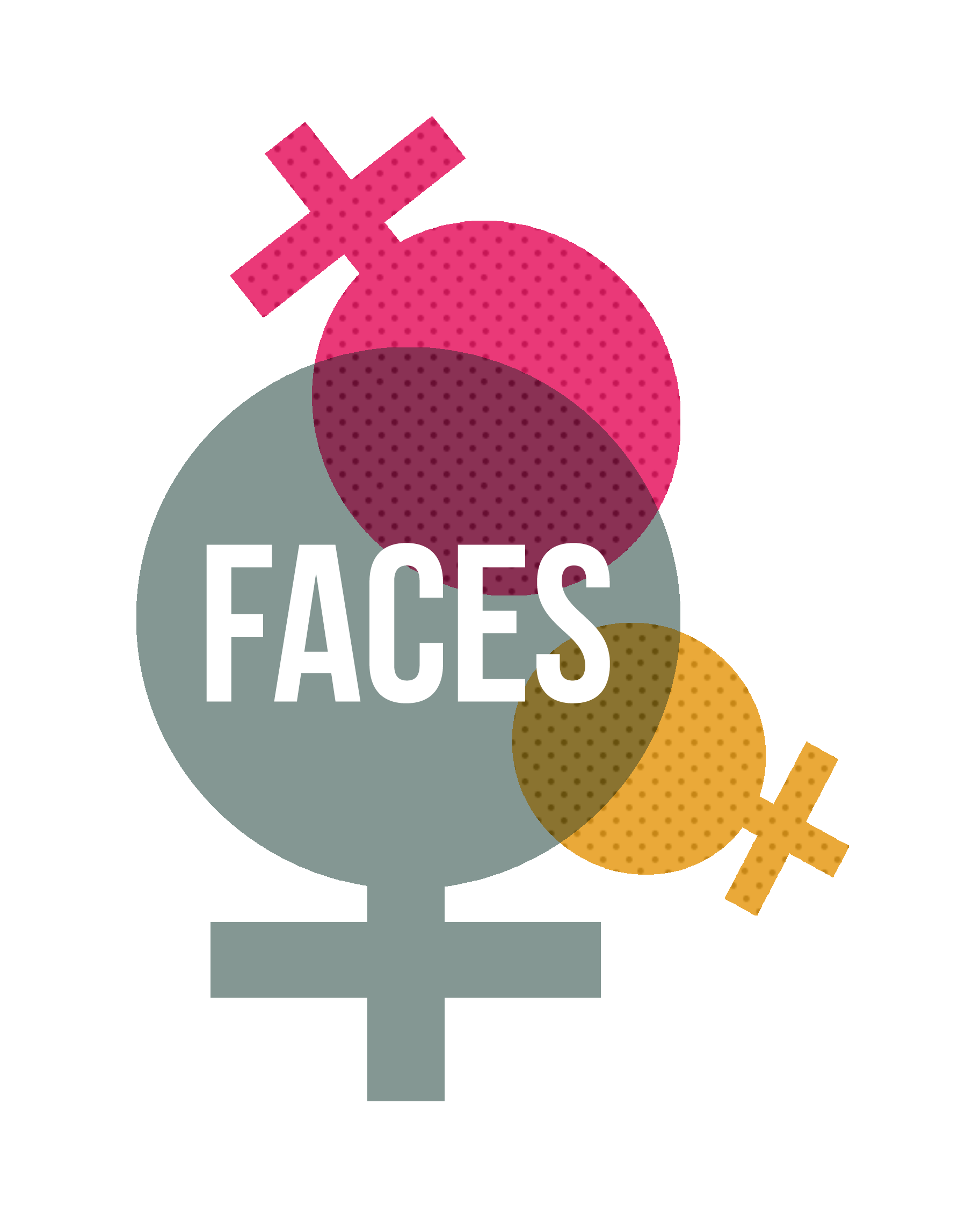
Generally, it’s assumed that the product or service purchased unearned revenues are amounts received in advance from customers for future products or services. will be delivered within a year, making it a current (or short-term) liability. White the positive cash flow is nice, it’s important for business owners to remember that unearned income is considered a liability in small business accounting, rather than a revenue. It’s a liability because it’s essentially a debt the company owes the customer. In order to turn unearned revenue into actual revenue, the business must deliver the goods or service to the customer. Businesses can benefit from unearned income because customers pay in advance to receive their products or services.
Can You Have Deferred Revenue in Cash Basis Accounting?
- Services that will take over a year to deliver upon should be marked as a long-term liability on the balance sheet.
- As you can see, the unearned revenue will appear on the right-hand side of the balance sheet in the current liabilities column.
- • Common examples of unearned income include subscription-based products, prepaid insurance, and advance rent payments.
- In terms of accounting for unearned revenue, let’s say a contractor quotes a client $5,000 to remodel a bathroom.
- By providing these insights, finance and sales teams can identify potential gaps in revenue and ensure that no revenue goes unbilled for extended periods.
- Unearned revenue refers to the money small businesses collect from customers for a or service that has not yet been provided.
- Unearned revenue is money received by a company for a service or product that has yet to be provided or delivered.
Unearned revenue is money received by a company for a service or product that has yet to be provided or delivered. These advanced payments are recorded on a company’s balance sheet as a liability because they represent a debt owed to the customer. Once the product or service is delivered, unearned revenue becomes revenue on the income statement. Unearned revenue is prepayment a customer pays for goods and services to be delivered in the future.

Unearned Revenue Reporting Requirements
Small business owners must determine how best to manage and report unearned revenue within their accounting journals. With PandaDoc’s CPQ, businesses can streamline the quote-to-invoice process, improve billing accuracy, and gain real-time insights into their earned revenue. Start by looking through all revenue, whether projects are completed or not, in addition to advanced payments.
Example of Deferred Revenue
The company that receives the prepayment records the amount as deferred revenue, a liability on its balance sheet. Unearned revenue is usually disclosed as a current liability on a company’s balance sheet. This changes if advance payments are made for services or goods due to be provided 12 months or more after the payment date. In such cases, the unearned revenue will appear as a long-term liability on the balance sheet. Unearned revenue and deferred revenue are two different ways to describe the same thing — advance payments a company receives for products or services that are to be delivered or performed in the future. Since this revenue is a prepayment, it is not yet “earned.” It won’t be recorded as revenue on the income statement until the goods or services already paid for have been delivered to the customer.


As a result of this prepayment, the seller has a liability equal to the revenue earned until the good or service is delivered. This liability is noted under current liabilities, as it is expected to be settled within a year. Here is an example of Beeker’s Mystery Box and what their balance sheet might look like. As you can see, the unearned revenue will appear on the right-hand side of the balance sheet in the current liabilities column. By having strategies like this in place you can protect your business and minimize the risk of losing out and having to backtrack to make up unbilled revenue in balance sheets. This leads to an increased risk in delayed invoices, quotes being incorrect, or complex configurations causing errors and missed revenue and an imbalance in accounts receivable.
- A business owner can utilize unearned revenue for accounting purposes to accurately reflect the financial health of the business.
- Unearned revenue or deferred revenue is considered a liability in a business, as it is a debt owed to customers.
- She has worked in marketing for more than 12 years, building marketing teams at Asana, and launching new brands at Double and HyperComply.
- However, it’s important to understand how unearned revenue impacts your company’s books in order to make the most out of this type of income.
- When a customer prepays for a service, your business will need to adjust its unearned revenue balance sheet and journal entries.
The unearned revenue account will be debited and the revenues account will be credited the same amount. This means that two journal entries are made for unearned revenue — one when the income is received and and one when the income is Bookkeeping for Chiropractors earned. The company sends the newspaper to its customer each month and recognizes revenue as the fiscal year progresses. The accountant records a debit entry to the deferred revenue account monthly and a credit entry to the sales revenue account for $100. The entire deferred revenue balance of $1,200 has been gradually booked as revenue on the income statement at the rate of $100 per month by the end of the fiscal year.
- By reducing delays and ensuring all billable items are captured, PandaDoc’s CPQ feature helps businesses optimize cash flow and enhance financial performance.
- These are are all various ways of referring to unearned revenue in accounting.
- Businesses can benefit from unearned income because customers pay in advance to receive their products or services.
- Sometimes it can go as far as having to chase down a client and potentially send them to collections.
- This leads to an increased risk in delayed invoices, quotes being incorrect, or complex configurations causing errors and missed revenue and an imbalance in accounts receivable.
- Recording unearned revenue is important because your company can’t account for it until you’ve provided your products or services to a paying customer.
Delays in billed revenue and advance payments can lead to cash flow issues, errors in the balance sheet, financial statement inconsistencies, and missed revenue opportunities. Unearned revenue can provide clues into future revenue, although investors should note the balance change could be due to a change in the business. Morningstar increased quarterly and monthly invoices but is less reliant on upfront payments from annual invoices, meaning the balance has been growing more slowly than in the past. For help creating balance sheets that can track unearned revenue, consider using QuickBooks Online. QuickBooks offers a wide range of financial reporting capabilities, along with expense tracking and invoice features. Creating and adjusting journal entries for unearned revenue will be easier if your business uses the accrual accounting method, of which the revenue recognition principle is a cornerstone.

- At this point, you may be wondering how to calculate unearned revenue correctly.
- This is why it is crucial to recognize unearned revenue as a liability, not as revenue.
- As a result of this prepayment, the seller has a liability equal to the revenue earned until the good or service is delivered.
- At the end of the second quarter of 2020, Morningstar had $287 million in unearned revenue, up from $250 million from the prior-year end.
- Deferred revenue has become more common with subscription-based products or services that require prepayments.
You’ll see an example of the two journal entries your business will need to create below when recording unearned revenue. Taking the previous example from above, Beeker’s Mystery Boxes will record its transactions with James in their accounting journals. A company that’s reporting revenue conservatively will only recognize earned revenue when it has completed certain tasks to have full claim to the money and when the likelihood of payment is certain. Online Accounting Media companies like magazine publishers often generate unearned revenue as a result of their business models. For example, the publisher needs the cash flow to produce content through its various teams, market the content compelling to reach its audience, and print and distribute issues upon publication. Each activity in a publisher’s business strategy can benefit from the resulting cash flow of unearned revenue.

No responses yet